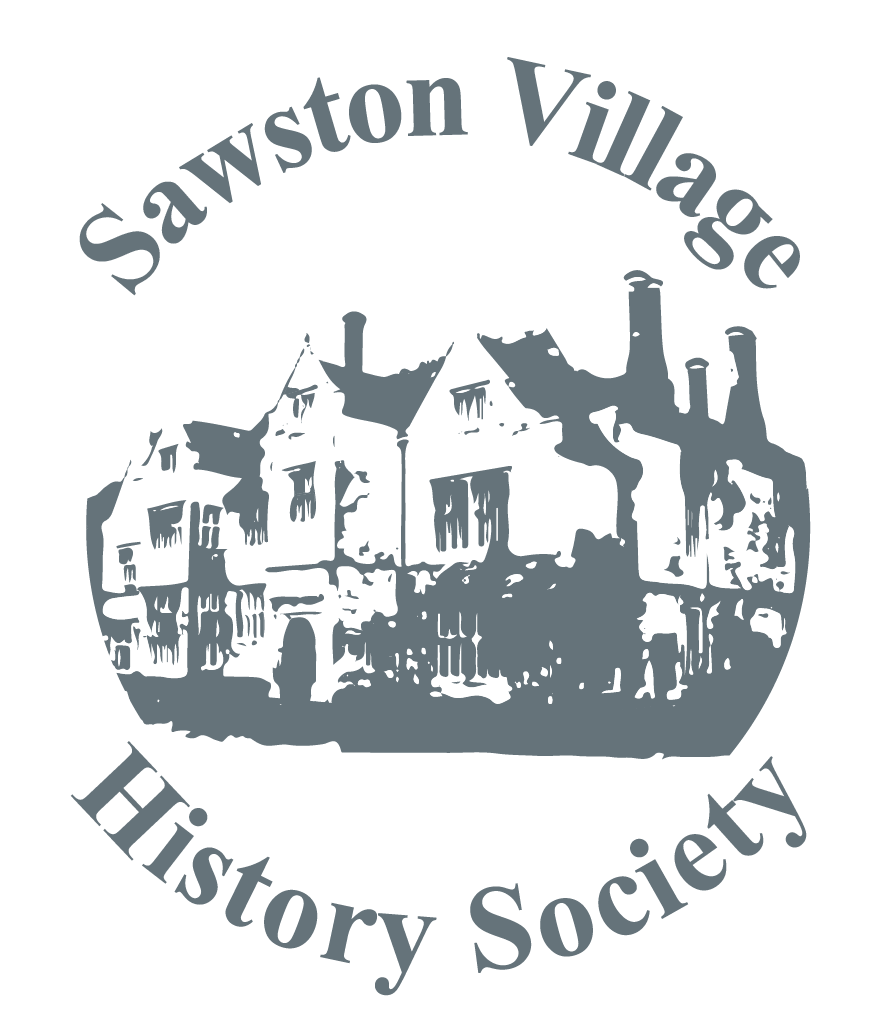
Perhaps not entirely by coincidence the charter for the Stourbridge Fair was granted in 1211, just 2 years after the charter given to the University. The name Stourbridge deriving from the old English Steresbrigge, or oxen –bridge, where the road crossed a small tributary of the Cam. The origins of the Fair arose from the need for the Leper Chapel (still there on Newmarket Road) to raise money for its unfortunate patients. At this time the fair started as a relatively modest three day affair held at the feast of the Holy Cross from September 14th. The proximity to the river Cam, and hence Kings Lynn and roads to London and Newmarket, ensured that it was relatively easily accessible.
As a result of the rapid success of the Fair the chapel became prosperous, but, ironically, the numbers of lepers declined. The Chapel closed and the administration of the fair passed to the City. Perhaps at that time the University was not quite powerful enough to make a claim. However, over time, as the University became increasingly important, there was an ongoing battle to control the fair, and its profits, until Elizabeth I settled the matter in 1589. With what appeared to be a compromise the city gained a fair share of the profits, but the University had the right to oversee the organisation and carrying out what would now be called quality control.
In its heyday, in the 16th-17th century, the fair covered a large area with designated sections for goods such as cloth, cheeses, bread, soups, spices, gold and silver, iron ware, wood, books, meat, fish, pottery, etc. There was a very important wool market in the area known as the Dudderys (now where the enormous retail shops are on the south side of Newmarket road). Surprisingly another very important product was hops, which Defoe says, “the quantity that appears in the fair is indeed prodigious”. Defoe also eulogises about the wide variety of produce and sellers who “go with them from tent to tent … that there is no want of any provisions of any kind, either dressed or undressed”. There were adverts in the Cambridge Chronicle in around 1750 for “the best old Cheshire cheese for 42s- 46s per cwt and double Gloucester from 46 -52s/cwt”, in modern units £2- £3 /50kg.
Some present day road names in this area are Garlic Row, Oyster Row and Mercers Row, and could cheeses have been sold in Cheddars Lane? By the end of the 16th century the fair went on for a month, which Defoe described as “not only the greatest in the whole nation but in the world”. At this time the preparations for the fair started several weeks before, with all the Cambridge carpenters being employed assembling the hundreds of wooden sheds on the site. Although discouraged by the University killjoys there were many sideshows including dwarfs, giants and conjurers as well as performances of plays.
The fair slowly declined in popularity from the mid 18th century, accelerated in the 19th century and the last fair was held in 1933. This decline was primarily as a result of the increasing importance of Cambridge as a shopping town and the reluctance of the rich gentry to travel through the hazardous slums to patronise the fair some distance from the town centre. The improvements in road and rail transport led to the decline of water transport. Also the more recently established Midsummer Fair in the centre of Cambridge became more popular, at the expense of the Stourbridge Fair. Strawberry Fair is quite recent, the first one being held in the early seventies and appears to serve quite a different community.
Now there is an annual re-enactment of the fair’s opening ceremony held at the Leper Chapel. It is attended by the Cambridge Mayor and the University Proctor and perhaps a few other people, with a display of the traditional tools used for quality control and for checking weights and volumes.